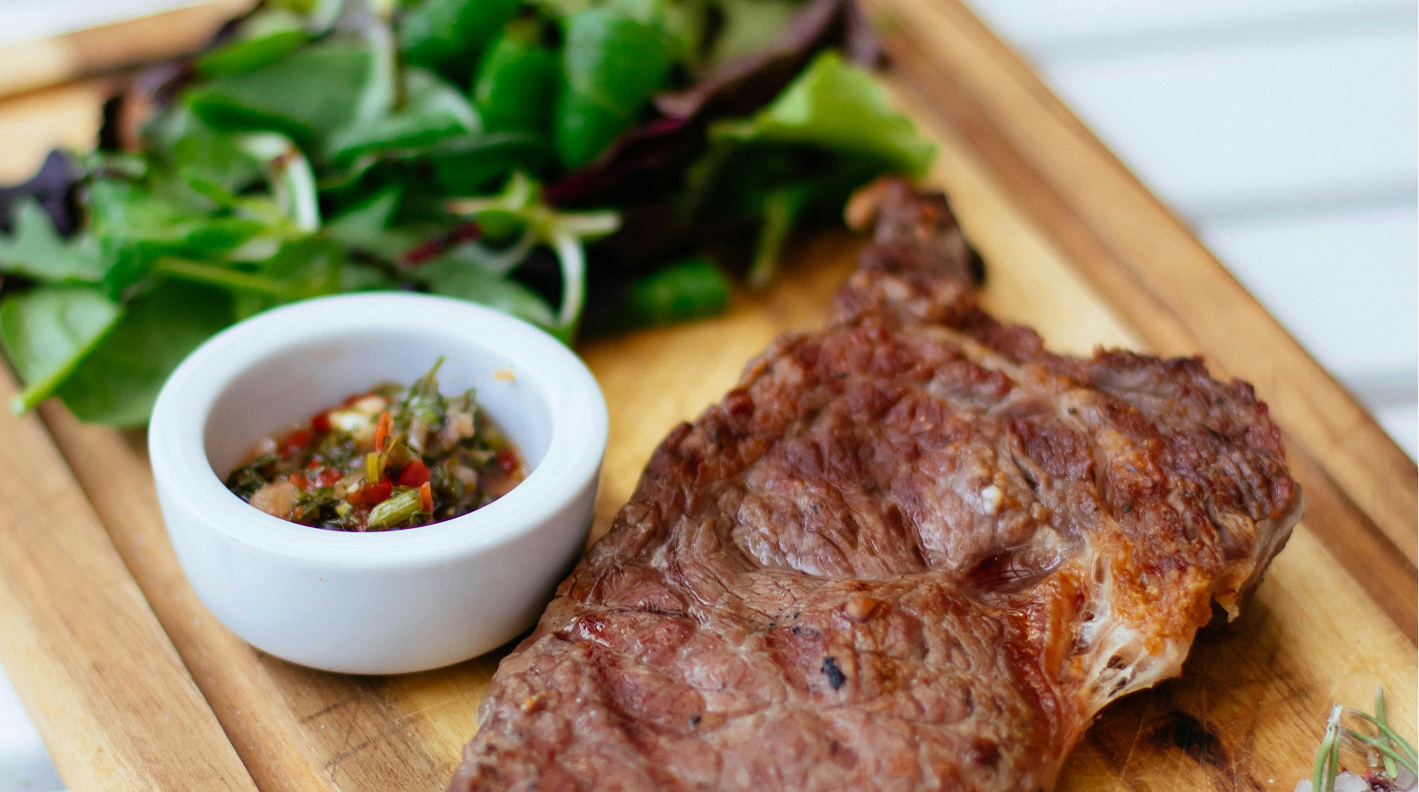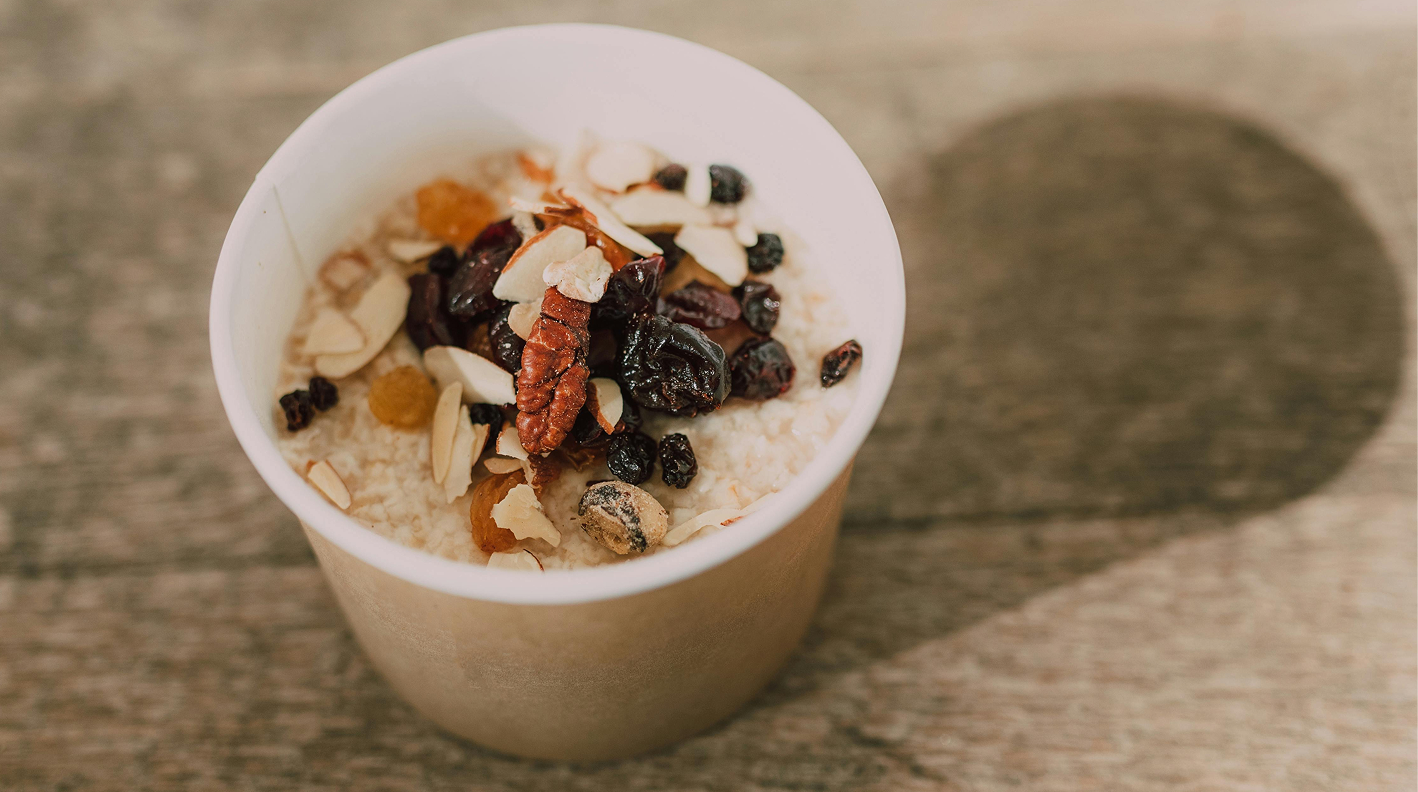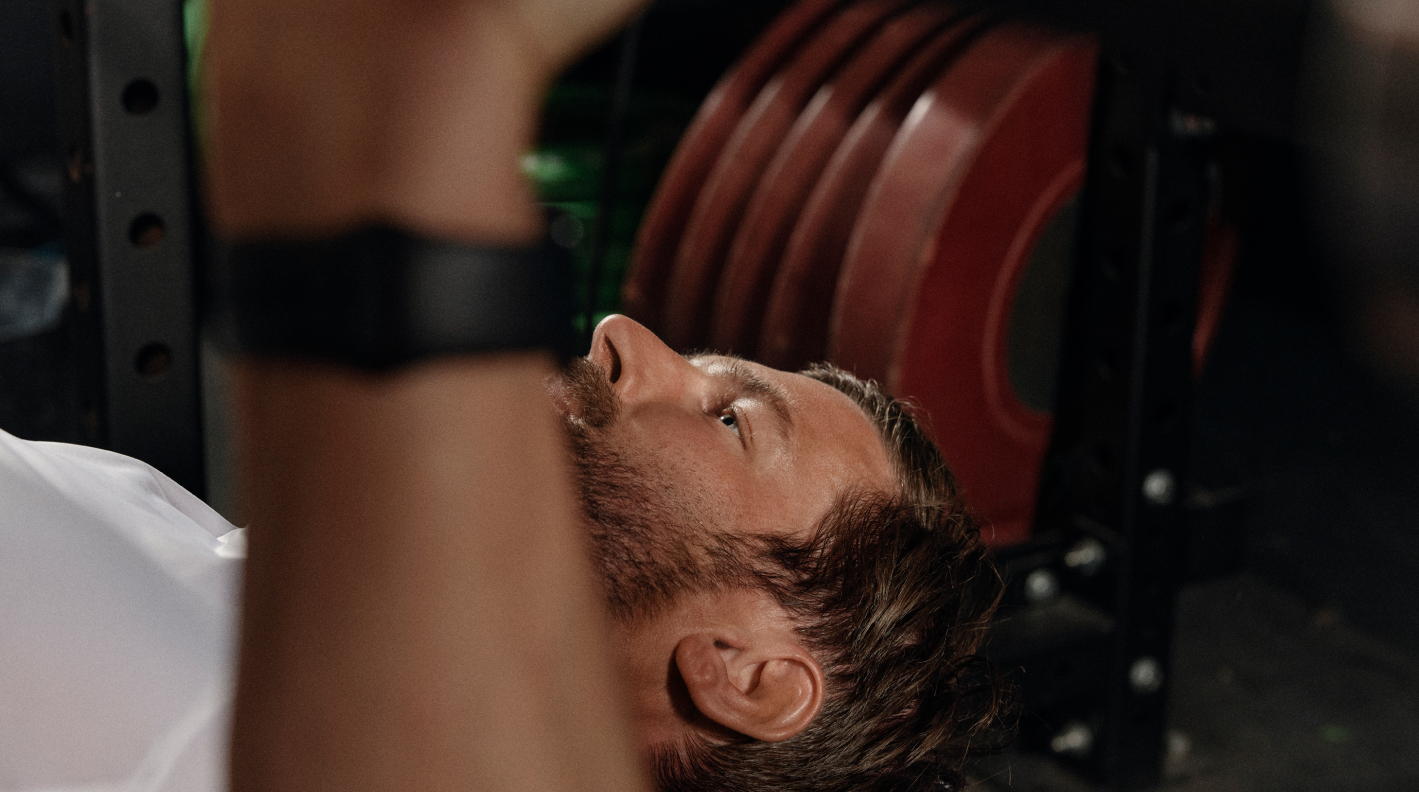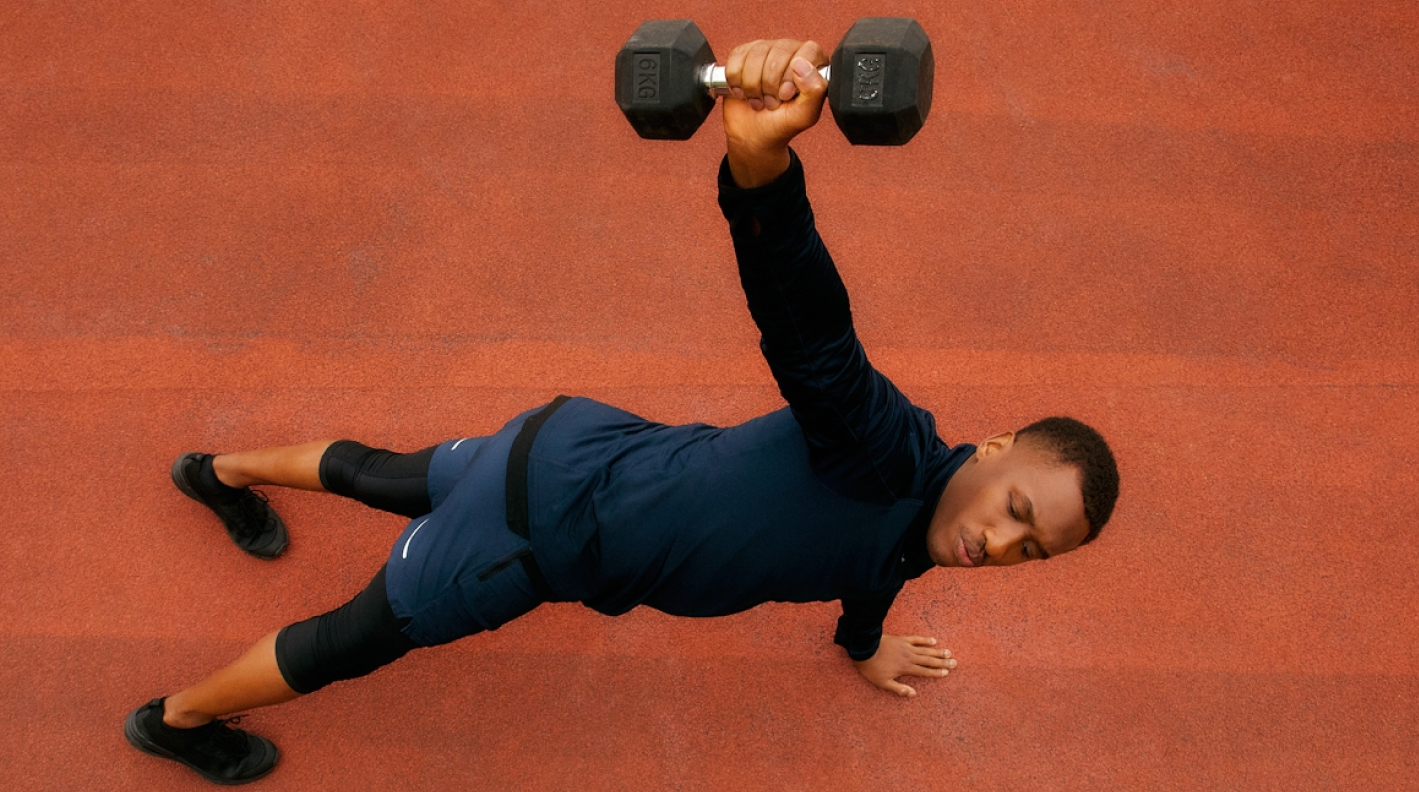Is HIIT legit? A comprehensive guide to high-intensity interval training

Key takeaways
- High-Intensity Interval Training (HIIT) involves alternating short bursts of intense exercise (70-90% effort) with recovery periods. Sessions are efficient, typically under 40 minutes, and aim to improve cardiovascular fitness through exercises like sprints, cycling, or bodyweight moves.
- HIIT burns up to 30% more calories than steady-state cardio, stimulates post-exercise calorie burn (EPOC), and supports fat loss, muscle preservation, and overall heart health. It can also improve endurance, VO2 max, and insulin sensitivity, making it a time-efficient choice for fitness gains.
- Begin with one workout weekly, paired with resistance training and light cardio to avoid overtraining. Warm up dynamically, start with moderate protocols like 4x4 intervals, and choose low-impact exercises such as cycling or rowing for controlled intensity and reduced risk of injury.
As we grow older, it’s easy to become trapped in the safe place of our regular exercise regimes and fail to innovate how we exercise.
There are also so many fitness trends coming and going, that figuring out what actually works is harder than ever. But we're here to help.
If you're looking for ways to step out of your fitness comfort zone, high-intensity interval training (HIIT) may be exactly what you need. Read as we explain what HIIT is and how you can get started.
What is HIIT?
In recent years, the water has been muddied with popular brands like F45 being mistakenly called HIIT. One of these things is not like the others!
HIIT, or high-intensity interval training, describes a form of exercise completed in repeated efforts (1-4 minutes in duration) at near-maximal to maximal intensities interspersed with recovery.
A typical workout can be completed in less than 40 minutes, so when it comes to time-efficiency, HIIT is hard to beat. Effort phases of the workout should feel “hard to very hard” and we should only be able to speak single words or grunt.
F45 and similar classes involve multiple exercise stations and importantly, aren’t typically completed at the same high level of intensity compared to HIIT training.
This makes the growing amount of evidence to support HIIT inapplicable to F45 and similar circuit training gyms.
Note: If you hope to improve your cardiorespiratory fitness (aka VO2 max), studies suggest that HIIT is more effective than circuit training with less time involved! [1]
Is sprint interval training the same as HIIT?
When it comes to high-intensity training, you might be wondering if Sprint Interval Training (SIT) or High-Intensity Interval Training (HIIT) is the way to go.
The main difference? SIT is all about going all out, while HIIT is more about pushing yourself hard. SIT involves near-maximum effort, like an all-out sprint. We're talking 90-100% effort and short intervals — typically 10-30 seconds.
HIIT, on the other hand, involves 70-90% effort and longer intervals — 30 seconds to several minutes, depending on the specific workout. Plus, HIIT is all about variety. You can do bodyweight movements, cardiovascular exercise, or just about anything else during a HIIT workout.
Is high-intensity training the same as HIIT?
HIT and HIIT are both high-intensity methods, but they serve different purposes and have different structures. With HIT, or high-intensity training, you’re doing things like lifting heavy weights or bodyweight exercises, but you’re doing fewer reps and focusing on your maximum effort.
You have longer rest periods to recover and prepare for the next heavy set. The purpose of high-intensity exercise is to build strength and muscle through focused, intense efforts.
HIIT, on the other hand, is about alternating short, intense bursts of activity with planned recovery periods. And, the main goal is to improve cardiovascular fitness and burn fat while keeping rest periods short to maintain that heart-pumping intensity.
Benefits of HIIT
HIIT is a great “bang for your buck” for those stretched with busy schedules given the numerous benefits that can be drawn in almost half the time compared to moderate-intensity continuous training (MICT).
Significant caloric burn
During a typical high-intensity workout, your heart rate stays elevated, and the intense bursts of activity push your body to expend a significant amount of energy.
So much so that HIIT can burn up to 25–30% more calories compared to other forms of exercise, like steady-state cardio, in the same time frame [4].
This is what we meant when we said HIIT is a great "bang for your buck" — and it's what makes it such a good choice for people looking to up their calorie burn even when they're pressed for time.
Quickly going from high-intensity spurts to recovery phases forces your body to work harder, boosting metabolism and overall caloric expenditure.
Fat loss
HIIT strongly stimulates a process known as excess post-exercise oxygen consumption (EPOC), otherwise nicknamed “the afterburn effect”. EPOC occurs when increased amounts of oxygen are utilised whilst restoring muscle glycogen and repairing damaged muscle tissue.
Your metabolism is effectively “kickstarted” after a HIIT workout and continues burning calories at a greater rate throughout the day. The afterburn effect results in a similar amount of energy burnt between HIIT and continuous exercise (at submaximal intensity) despite less time involved in the HIIT workout.
Some research also suggests that HIIT can increase your metabolism more than jogging or weight-lifting [2].
Plus, HIIT has been shown to reduce visceral fat mass — fat stored around your organs that is linked to serious health issues like diabetes and heart disease. And, studies indicate that HIIT may lead to greater loss of visceral fat compared to MICT, thanks to higher growth hormone levels triggered by intense exercise [3].
Paired with a balanced diet, HIIT can help you reduce body fat percentage while improving body composition — which is where muscle retention comes in.
Muscle preservation
Unlike steady-state cardio, which can sometimes result in muscle loss, HIIT is a muscle-building and preserving powerhouse. The explosive bursts of activity often include bodyweight exercises like burpees, squats, and push-ups, all of which engage and build your muscles.
HIIT also boosts the production of human growth hormone (HGH), which is responsible for repairing and building muscle. This is particularly beneficial for those who are trying to lose fat while building a lean, muscular physique.
HIIT combines aerobic and anaerobic exercises, which means that it can improve endurance and exercise capacity while also protecting or enhancing muscle strength.
Heart health
HIIT is also a great choice for cardiovascular fitness, as it strengthens the heart and makes it more efficient. The alternating periods of intense effort and rest allow your heart to adapt to rapid changes in demand, which can improve heart rate variability and endurance.
Regular HIIT workouts can also lead to lower blood pressure, improved insulin sensitivity, and increased blood circulation, as well as increased VO2 max — all of which are important factors in preventing heart disease and promoting longevity.
HIIT has also been shown to improve cardiovascular health markers in people with conditions like high blood pressure and type 2 diabetes.
Getting started with HIIT
There isn't a “one size fits all” approach to HIIT. It can vary in time, intensity and exercise mode, which allows you to add variety and tailor the workout to your requirements.
The HIIT workout can be split into warm-up, protocol and exercise mode.
We recently discussed this topic on Compound's podcast, How To Get Good, and Benny made a good recommendation for HIIT beginners and that's to start with using a bike or rower. When you're giving maximal effort, your form will usually suffer and if you're running, the injury risk can get very high.
1. Warm-up
An effective warm-up is essential to getting in the right mindset and reducing the risk of injury. Start with a 10-minute dynamic warm-up that takes the major joints through their full range of motion and activates major muscle groups.
2. Pick your protocol
Beginner: Establish base fitness
We recommend the following when beginning your HIIT journey:
- Don’t bite off more than you can chew!
- Spend consistent time in zone 2 aerobic exercise for roughly 40 min x1-4/week for several weeks before diving into HIIT
- Develop exercise form and muscular strength to reduce the risk of injury
- When starting HIIT we recommend just one workout per week in conjunction with resistance training and zone 2 cardio to reduce the risk of overtraining syndrome
Intermediate: 4x4 (The Norwegian Method)
- Four intervals, each lasting 4 minutes at 85-95% maximum heart rate with 3-minute recoveries interspersed
- It takes some trial and error to find a consistent pace to maintain this heart rate for 4 minutes
- There’s a balance between going too hard too early vs. too slow too late in each interval
Elite: Tabata
- 7-8 intervals, each lasting 20 seconds at high intensity with 10 seconds recovery interspersed
- Tabata originated from this 1996 study by Izumi Tabata whereby he determined “high intensity” to be 170% of the subjects' V̇O2 max intensity [10]
- Tabata is much more intuitive to find your pace compared to 4x4… full throttle for 20 seconds
- Keep this in mind! Higher intensity = potentially increased risk of injury
3. Pick your exercise mode
Running
- Both concentric and eccentric muscle activation
- Include variations in the running location (flat, uphill, treadmill) to suit your requirements
- Flat: a longer stride at higher speeds demands increased flexibility and increased acceleration and deceleration. Those undertrained or unaccustomed may face an increased risk of injury starting here
- Uphill offers the ability to maintain intensity at reduced speeds and work different muscle groups, finding the right hill can be a challenge
- Treadmill offers all-weather training… no excuses! The slow change in the pace of treadmills makes interval changes difficult
- Running can have a higher impact exercise on joints (eg. knees and ankles) compared to modes like cycling and swimming
Exercise bike
- Commonly studied and used in practice
- Precise control over resistance to increase intensity
- All-weather option
- Can monitor power output to maintain intensity
- Low impact on the body
- No upper body involvement
Swimming
- Less commonly studied but highly accessible to many people
- Utilises all major muscle groups
- Lower impact on the body
- A great option during summer to avoid the heat
Rowing erg
- Near full-body workout engaging muscles in arms, legs, back and core
- Able to monitor power output to maintain intensity
- Requires specialised equipment
Other Common Methods
- Ski erg
- Assault Bike
- Cycling
Hot tip for commuters
Have a crack at “Renegade HIIT” during your next trip! Whilst imperfect, you can try incorporating high-intensity efforts into your commute. Cycling to work? When the traffic light goes green your next 10 seconds should be at an all-out intensity — repeat these efforts at each light until you get to work.
Jogging to work? Take a detour to an open field and complete 7 bouts of maximal intensity sprints for 20 seconds with 10 seconds recovery interspersed.
Alternatively, try incorporating 4 minutes of high-intensity running followed by 3 minutes of walking until you arrive at work.
As we grow older, it’s easy to become trapped in the safe place of our regular exercise regimes and fail to innovate how we exercise.
There are also so many fitness trends coming and going, that figuring out what actually works is harder than ever. But we're here to help.
If you're looking for ways to step out of your fitness comfort zone, high-intensity interval training (HIIT) may be exactly what you need. Read as we explain what HIIT is and how you can get started.
What is HIIT?
In recent years, the water has been muddied with popular brands like F45 being mistakenly called HIIT. One of these things is not like the others!
HIIT, or high-intensity interval training, describes a form of exercise completed in repeated efforts (1-4 minutes in duration) at near-maximal to maximal intensities interspersed with recovery.
A typical workout can be completed in less than 40 minutes, so when it comes to time-efficiency, HIIT is hard to beat. Effort phases of the workout should feel “hard to very hard” and we should only be able to speak single words or grunt.
F45 and similar classes involve multiple exercise stations and importantly, aren’t typically completed at the same high level of intensity compared to HIIT training.
This makes the growing amount of evidence to support HIIT inapplicable to F45 and similar circuit training gyms.
Note: If you hope to improve your cardiorespiratory fitness (aka VO2 max), studies suggest that HIIT is more effective than circuit training with less time involved! [1]
Is sprint interval training the same as HIIT?
When it comes to high-intensity training, you might be wondering if Sprint Interval Training (SIT) or High-Intensity Interval Training (HIIT) is the way to go.
The main difference? SIT is all about going all out, while HIIT is more about pushing yourself hard. SIT involves near-maximum effort, like an all-out sprint. We're talking 90-100% effort and short intervals — typically 10-30 seconds.
HIIT, on the other hand, involves 70-90% effort and longer intervals — 30 seconds to several minutes, depending on the specific workout. Plus, HIIT is all about variety. You can do bodyweight movements, cardiovascular exercise, or just about anything else during a HIIT workout.
Is high-intensity training the same as HIIT?
HIT and HIIT are both high-intensity methods, but they serve different purposes and have different structures. With HIT, or high-intensity training, you’re doing things like lifting heavy weights or bodyweight exercises, but you’re doing fewer reps and focusing on your maximum effort.
You have longer rest periods to recover and prepare for the next heavy set. The purpose of high-intensity exercise is to build strength and muscle through focused, intense efforts.
HIIT, on the other hand, is about alternating short, intense bursts of activity with planned recovery periods. And, the main goal is to improve cardiovascular fitness and burn fat while keeping rest periods short to maintain that heart-pumping intensity.
Benefits of HIIT
HIIT is a great “bang for your buck” for those stretched with busy schedules given the numerous benefits that can be drawn in almost half the time compared to moderate-intensity continuous training (MICT).
Significant caloric burn
During a typical high-intensity workout, your heart rate stays elevated, and the intense bursts of activity push your body to expend a significant amount of energy.
So much so that HIIT can burn up to 25–30% more calories compared to other forms of exercise, like steady-state cardio, in the same time frame [4].
This is what we meant when we said HIIT is a great "bang for your buck" — and it's what makes it such a good choice for people looking to up their calorie burn even when they're pressed for time.
Quickly going from high-intensity spurts to recovery phases forces your body to work harder, boosting metabolism and overall caloric expenditure.
Fat loss
HIIT strongly stimulates a process known as excess post-exercise oxygen consumption (EPOC), otherwise nicknamed “the afterburn effect”. EPOC occurs when increased amounts of oxygen are utilised whilst restoring muscle glycogen and repairing damaged muscle tissue.
Your metabolism is effectively “kickstarted” after a HIIT workout and continues burning calories at a greater rate throughout the day. The afterburn effect results in a similar amount of energy burnt between HIIT and continuous exercise (at submaximal intensity) despite less time involved in the HIIT workout.
Some research also suggests that HIIT can increase your metabolism more than jogging or weight-lifting [2].
Plus, HIIT has been shown to reduce visceral fat mass — fat stored around your organs that is linked to serious health issues like diabetes and heart disease. And, studies indicate that HIIT may lead to greater loss of visceral fat compared to MICT, thanks to higher growth hormone levels triggered by intense exercise [3].
Paired with a balanced diet, HIIT can help you reduce body fat percentage while improving body composition — which is where muscle retention comes in.
Muscle preservation
Unlike steady-state cardio, which can sometimes result in muscle loss, HIIT is a muscle-building and preserving powerhouse. The explosive bursts of activity often include bodyweight exercises like burpees, squats, and push-ups, all of which engage and build your muscles.
HIIT also boosts the production of human growth hormone (HGH), which is responsible for repairing and building muscle. This is particularly beneficial for those who are trying to lose fat while building a lean, muscular physique.
HIIT combines aerobic and anaerobic exercises, which means that it can improve endurance and exercise capacity while also protecting or enhancing muscle strength.
Heart health
HIIT is also a great choice for cardiovascular fitness, as it strengthens the heart and makes it more efficient. The alternating periods of intense effort and rest allow your heart to adapt to rapid changes in demand, which can improve heart rate variability and endurance.
Regular HIIT workouts can also lead to lower blood pressure, improved insulin sensitivity, and increased blood circulation, as well as increased VO2 max — all of which are important factors in preventing heart disease and promoting longevity.
HIIT has also been shown to improve cardiovascular health markers in people with conditions like high blood pressure and type 2 diabetes.
Getting started with HIIT
There isn't a “one size fits all” approach to HIIT. It can vary in time, intensity and exercise mode, which allows you to add variety and tailor the workout to your requirements.
The HIIT workout can be split into warm-up, protocol and exercise mode.
We recently discussed this topic on Compound's podcast, How To Get Good, and Benny made a good recommendation for HIIT beginners and that's to start with using a bike or rower. When you're giving maximal effort, your form will usually suffer and if you're running, the injury risk can get very high.
1. Warm-up
An effective warm-up is essential to getting in the right mindset and reducing the risk of injury. Start with a 10-minute dynamic warm-up that takes the major joints through their full range of motion and activates major muscle groups.
2. Pick your protocol
Beginner: Establish base fitness
We recommend the following when beginning your HIIT journey:
- Don’t bite off more than you can chew!
- Spend consistent time in zone 2 aerobic exercise for roughly 40 min x1-4/week for several weeks before diving into HIIT
- Develop exercise form and muscular strength to reduce the risk of injury
- When starting HIIT we recommend just one workout per week in conjunction with resistance training and zone 2 cardio to reduce the risk of overtraining syndrome
Intermediate: 4x4 (The Norwegian Method)
- Four intervals, each lasting 4 minutes at 85-95% maximum heart rate with 3-minute recoveries interspersed
- It takes some trial and error to find a consistent pace to maintain this heart rate for 4 minutes
- There’s a balance between going too hard too early vs. too slow too late in each interval
Elite: Tabata
- 7-8 intervals, each lasting 20 seconds at high intensity with 10 seconds recovery interspersed
- Tabata originated from this 1996 study by Izumi Tabata whereby he determined “high intensity” to be 170% of the subjects' V̇O2 max intensity [10]
- Tabata is much more intuitive to find your pace compared to 4x4… full throttle for 20 seconds
- Keep this in mind! Higher intensity = potentially increased risk of injury
3. Pick your exercise mode
Running
- Both concentric and eccentric muscle activation
- Include variations in the running location (flat, uphill, treadmill) to suit your requirements
- Flat: a longer stride at higher speeds demands increased flexibility and increased acceleration and deceleration. Those undertrained or unaccustomed may face an increased risk of injury starting here
- Uphill offers the ability to maintain intensity at reduced speeds and work different muscle groups, finding the right hill can be a challenge
- Treadmill offers all-weather training… no excuses! The slow change in the pace of treadmills makes interval changes difficult
- Running can have a higher impact exercise on joints (eg. knees and ankles) compared to modes like cycling and swimming
Exercise bike
- Commonly studied and used in practice
- Precise control over resistance to increase intensity
- All-weather option
- Can monitor power output to maintain intensity
- Low impact on the body
- No upper body involvement
Swimming
- Less commonly studied but highly accessible to many people
- Utilises all major muscle groups
- Lower impact on the body
- A great option during summer to avoid the heat
Rowing erg
- Near full-body workout engaging muscles in arms, legs, back and core
- Able to monitor power output to maintain intensity
- Requires specialised equipment
Other Common Methods
- Ski erg
- Assault Bike
- Cycling
Hot tip for commuters
Have a crack at “Renegade HIIT” during your next trip! Whilst imperfect, you can try incorporating high-intensity efforts into your commute. Cycling to work? When the traffic light goes green your next 10 seconds should be at an all-out intensity — repeat these efforts at each light until you get to work.
Jogging to work? Take a detour to an open field and complete 7 bouts of maximal intensity sprints for 20 seconds with 10 seconds recovery interspersed.
Alternatively, try incorporating 4 minutes of high-intensity running followed by 3 minutes of walking until you arrive at work.












